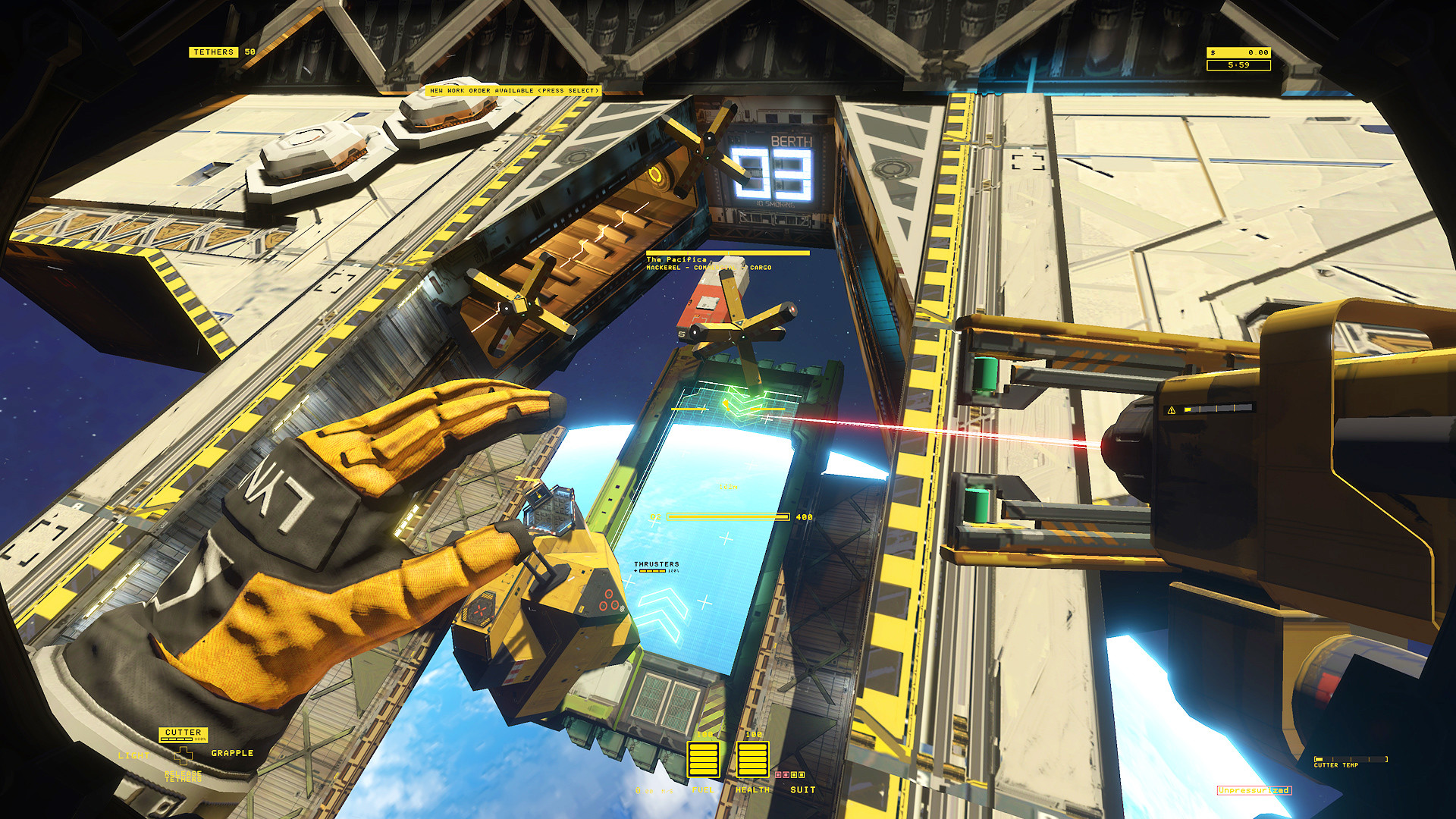


At its core, the novel is an exploration of Nailer's discovery of the nature of the world around him and his ability to transcend that world's expectations. The novel renders painfully realistic consequences of climate. Bacigalupi's cast is ethnically and morally diverse, and the book's message never overshadows the storytelling, action-packed pacing, or intricate world-building. Ship Breaker was a National Book Award finalist and was followed by two sequels, The Drowned Cities in 2012 and Tool of War in 2017. The ship recycling yard owners take loan from local bank. The purchase of a ship is often done through a middleman or cash buyers, who links the local buyers with the international sellers. As Nailer and Lucky Girl escape toward the drowned ruins of New Orleans, they witness rampant class disparity on individual and international levels (tribes whose lands were flooded have taken to the seas as pirates, attacking multinational shipping firms). A ship breaker or ship recycling owner typically buy a ship to be scrapped for around 4-10 million dollars depending on the size and quality of the ship. When a storm strands a beautiful shipping heiress on the beach (earning her the nickname “Lucky Girl”), Nailer manages both to infuriate members of his camp (including his father) and to become embroiled in upper-class trade disputes that he barely comprehends. Teenage Nailer scavenges ships with his crewmates, eking out a poverty-filled existence while avoiding dangers that range from giant “city killer” hurricanes to his vicious, drug-addicted father. ) makes a stellar YA debut with this futuristic tale of class imbalance on the Gulf Coast.


 0 kommentar(er)
0 kommentar(er)
